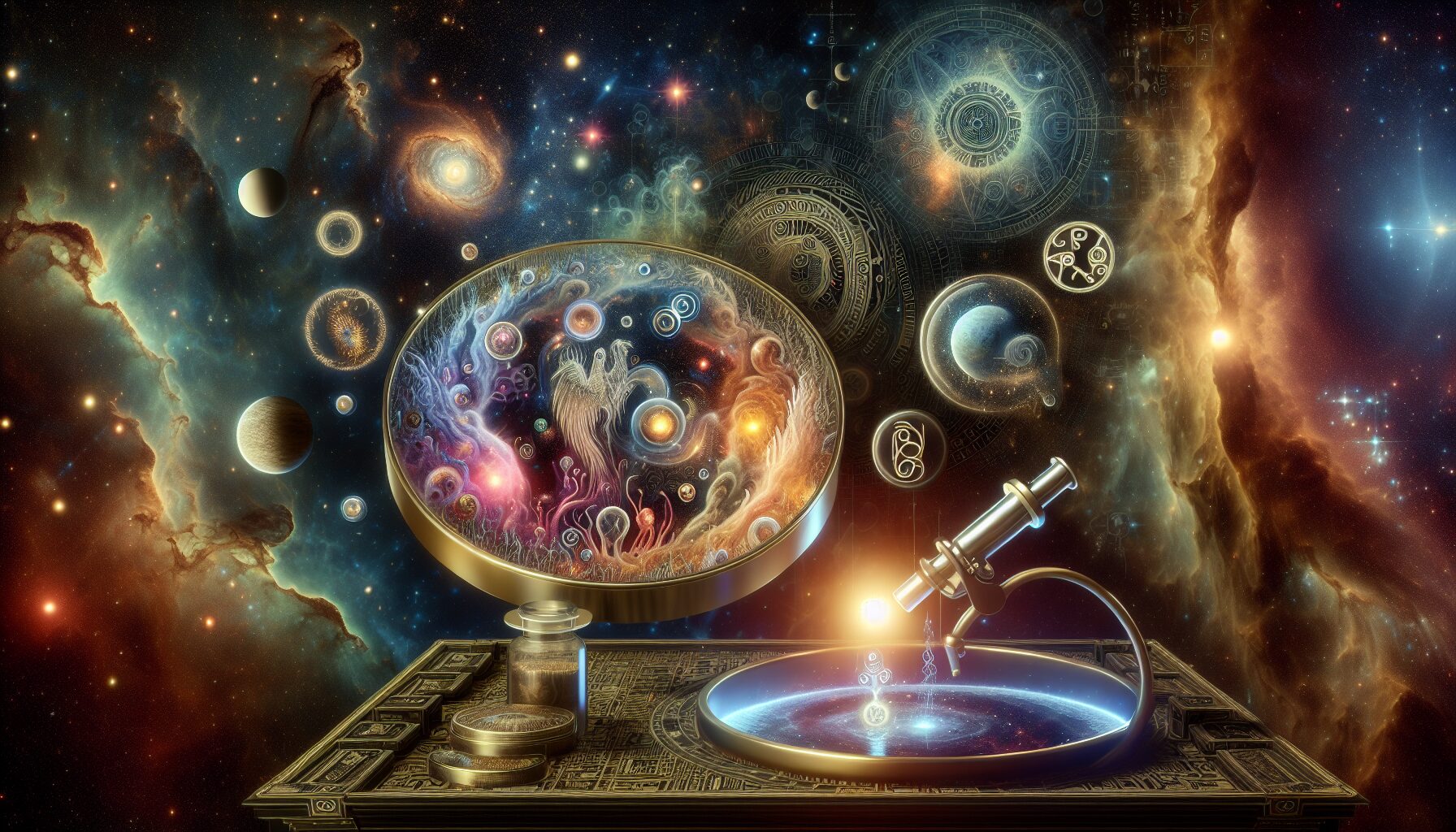Astrobiology Mysteries: Life and Myth in Science
Astrobiology is an interdisciplinary scientific field that seeks to understand the potential for life beyond Earth. It bridges the gap between astrophysics, biology, geology, and even philosophy, as it grapples with some of humanity’s oldest questions: Are we alone? If not, what forms might extraterrestrial life take?
The Science of Astrobiology
Astrobiology examines the origins, evolution, distribution, and future of life in the universe. Its practitioners study extremophiles—organisms that live in Earth’s most hostile environments—as analogs for potential extraterrestrial life forms. For example, bacteria thriving in the scalding hot springs of Yellowstone National Park provide insights into potential Martian life.
Challenges and Techniques
The search for life beyond Earth involves several hurdles:
- Detection of Biosignatures: Scientists use telescopes and space probes to identify potential biosignatures, such as methane or oxygen in exoplanet atmospheres. The James Webb Space Telescope, for instance, is a powerful tool for this work (NASA).
- Planetary Protection: Protecting other planets from contamination by Earth life forms—and vice versa—is vital in samples and missions.
- Interdisciplinary Research: Astrobiology thrives on collaboration across scientific disciplines, blending techniques from chemistry, physics, and geology.
Popular Myths in Astrobiology
Science fiction has both hindered and fueled public perception of astrobiology. Myths often abound:
- Aliens as Humanoids: Popular culture often depicts aliens as humanoid figures. However, real extraterrestrial life forms could be radically different due to diverse evolutionary pressures.
- Instant Contact: Films suggest immediate and direct communication with extraterrestrial life, overlooking the astronomical distances and potential communication barriers, a challenge highlighted by SETI Institute’s ongoing efforts (SETI).
- UFOs and Government Secrets: Conspiracy theories about UFOs and government cover-ups provide tantalizing narratives but often lack empirical evidence.
Recent Discoveries and Theoretical Models
Recent discoveries have fueled the speculative fire:
“The discovery of extremophiles thriving in Antarctica’s subglacial lakes or within the radioactive remains of Chernobyl expands the horizons of where life might exist in the cosmos.”
Exoplanets: The NASA Exoplanet Archive includes thousands of confirmed planets orbiting distant stars, some within the so-called habitable zone, where liquid water might exist.
Europa and Enceladus: These icy moons of Jupiter and Saturn, respectively, possess subsurface oceans that could harbor life, prompting missions like Europa Clipper to investigate further.
Future Prospects and Philosophical Questions
Astrobiology isn’t just about finding life but understanding our place in the cosmos.
“If we find life beyond Earth, it prompts us to question what it means to be ‘alive’ and whether life is a cosmic inevitability.”
With advancements in technology and interstellar exploration, the horizon for astrobiology broadens. The next decades might determine whether astrobiology remains a field of potential and curiosity or becomes a new chapter in understanding life.
Conclusion
Amidst myths and scientific rigor, astrobiology represents humanity’s quest to answer profound questions about life beyond our pale blue dot. As Carl Sagan famously remarked, “Somewhere, something incredible is waiting to be known.” The search continues.

Comments